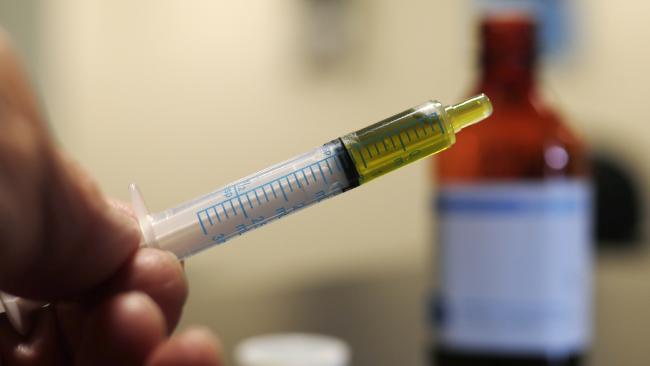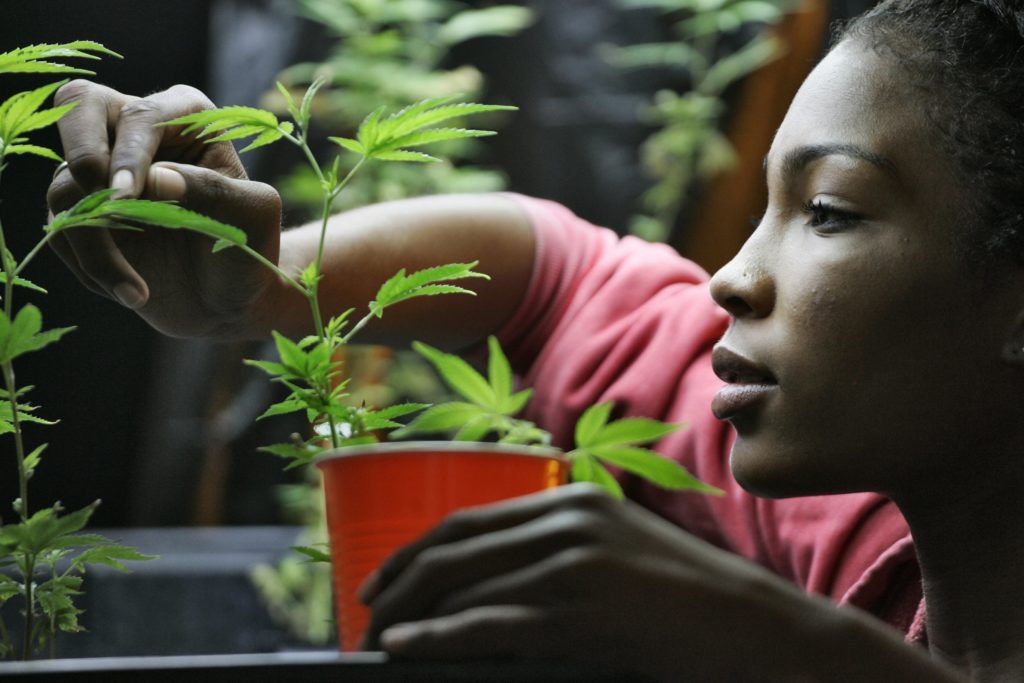Based on an October 2016 Gallup Poll, support for legal marijuana use has risen steadily since the late 1960’s. Today, the support rate is at 60%. This is the highest percentage of support recorded in the 47 years since Gallup started asking about the trend. The support for legalization of marijuana is up across all age and socio/economic groups.
There were many changes to the drug laws in 2016. Some were changes to federal policies, while the majority (54%), were updates to marijuana legalization laws approved by voters in the November 2016 election. Nine states legalized some form of marijuana, 14 states amended existing marijuana laws, The Department of Transportation (DOT) lowered its random drug testing rate by 25% over the last 6 years and OSHA announced new rules that impact post-accident drug testing. Each state marijuana law is different from another state and each can have different language and requirements.
Sterling Talent Solutions explored decriminalization of marijuana in 28 states and how the changes have become a hot-button issue for HR, risk and compliance professionals in our webinar, HR in the Stone Age: Marijuana and the Law. Nina French, Partner and Principal Consultant of Current Consulting Group, LLC explains how legalized medical and personal use of marijuana can impact employers and a workplace drug policy.
Differences between Drug, Alcohol, Supplement and Marijuana Regulation
The process for prescription drugs, supplements and alcohol are regulated via state and federal laws:
- Prescription drugs go through a stringent testing process to become legal in the US. First, the drug application is submitted to the FDA. The FDA reviews the application and allows testing of the drug. After the test, the applicant reports all data to the FDA, who then decides to allow the drug to become legally sold in the US. After they decide it can be prescribed and sold, the FDA tours the production facility and finally approves the drug. This can take months if not years to go through the process.
- Supplements, such as vitamins or dietary medicines, go to market first. The FDA relies on the public and medical community to monitor the supplements and makes comments/recommendations. If there is a need, then the FDA will do further testing. Supplements have to have a facts label, directions for use and the manufacturer information.
- Alcohol is based on state and federal laws, but overall there is a set drinking age of 21 years old. Alcohol manufacturers have to provide alcohol facts and share a government alcohol-use warning on each label.
- Marijuana has become legal for medicinal purposes in 29 states without going through the FDA testing process or providing facts labels. Marijuana is considered a Schedule 1 drug, which is illegal on the federal level. However, it is legal for medicinal use in 29 states and recreational use in eight states.
There are no tests that measure impairment for marijuana (like .10 for alcohol). Each state varies with the allowable impairment levels. Marijuana is addictive just like alcohol. The drug impairs a person’s ability to operate a care or other heavy machinery (just like alcohol) and leads to more accidents in the workplace (just like alcohol).
Understanding Cannabis
In January 2017, the National Academies of Sciences, Engineering and Medicine Report, found there is “conclusive or substantial” research that marijuana appears to be an effective treatment for chronic pain, nausea and symptoms of multiple sclerosis. This backs the opinion that the use of cannabis for medicinal purposes is effective. But, the report also warns of dangers from marijuana use: an increased risk of car crashes, lower birth weight babies and problems with memory and attention.
There are close to 500 active compounds in cannabis. At least 113 of these compounds belong to a family of diverse chemical compounds called cannabinoids. Tetrahydrocannabinol (THC) and Cannabidiol (CBD) are the two most common and researched compounds, but they are but they have vastly different effects on the system. THC is psychoactive, which chemicals cause drowsiness, euphoria, appetite stimulation, relaxation and analgesia. The side effects of marijuana with large doses of THC include anxiety, paranoia, acute and long-term effects on learning and memory. CBD is non-psychoactive. It is an anti-depressant, anti-convulsion, anti-oxidant, anti-psychotic, anti-nausea, an anti-inflammatory with no immediate long-term side-effects yet known.
Marijuana’s Impact on Productivity
Regular use of marijuana compromises the ability to learn, focus and remember information as well as decrease motivation to accomplish tasks, even after the high is over. The National Council on Alcoholism and Drug Dependence (NCADD) has stated that marijuana use can cause: inconsistent work quality, poor concentration and lack of focus, increased absenteeism, carelessness, mistakes or errors in judgement, disregard for safety for self and others: on-the-job and off-the-job accidents, extended lunch periods and early departures and driver accidents.
Marijuana usage is having an impact on the hiring process. Positive tests for marijuana in the workplace increased 6.2 % nationally from 2012 to 2013. However, marijuana positive drug tests results showed a 20% increase in Colorado and 23% increase in Washington after those states legalized recreational use of marijuana.
Why Should Employers Continue to Test?
There have been many statistics about the impact of drug use on the workplace. The U.S. Department of Labor found:
- Drug users are absent from work an average of five days a month due to drug use
- Drug and alcohol abuse in the workspace cause 65% of on-the-job accidents
- Substance abusers use three times the normal level of employee health benefits and incur 300% higher medical costs
- Substance abusers are ten times more likely to steal from the company or other employees
Employee drug testing is a single data point in the assessment of an employee or candidate and an integral part of candidate and employee assessment. Testing increases the stability in worker productivity, decreases absenteeism, reduces employee turnover and can help a company avoid liability for negligent hiring penalties.
What Can Employers Do?
Companies should have their drug testing policies reviewed and updated for 2017. The policy must be clear in its description of prohibited behaviors, drug testing (how, when and for what), consequences for policy violations, the definition of “under the influence,” and be ready to take measures based on actions rather than drug test results. It makes sense to ensure that your company’s drug testing policies protect your organization to suit your needs. Companies who promote a drug-free environment will need to review their policy with legal counsel, consistently apply drug testing policies across all candidates and employees and consider the health and safety of all workers in the application of the predetermined drug screening policy.
For more information about how legalized the medical and personal use of marijuana can impact employers, listen to the OnDemand version of the webinar, HR in the Stone Age: Marijuana and the Law.
credit:sterlingtalentsolutions.com




